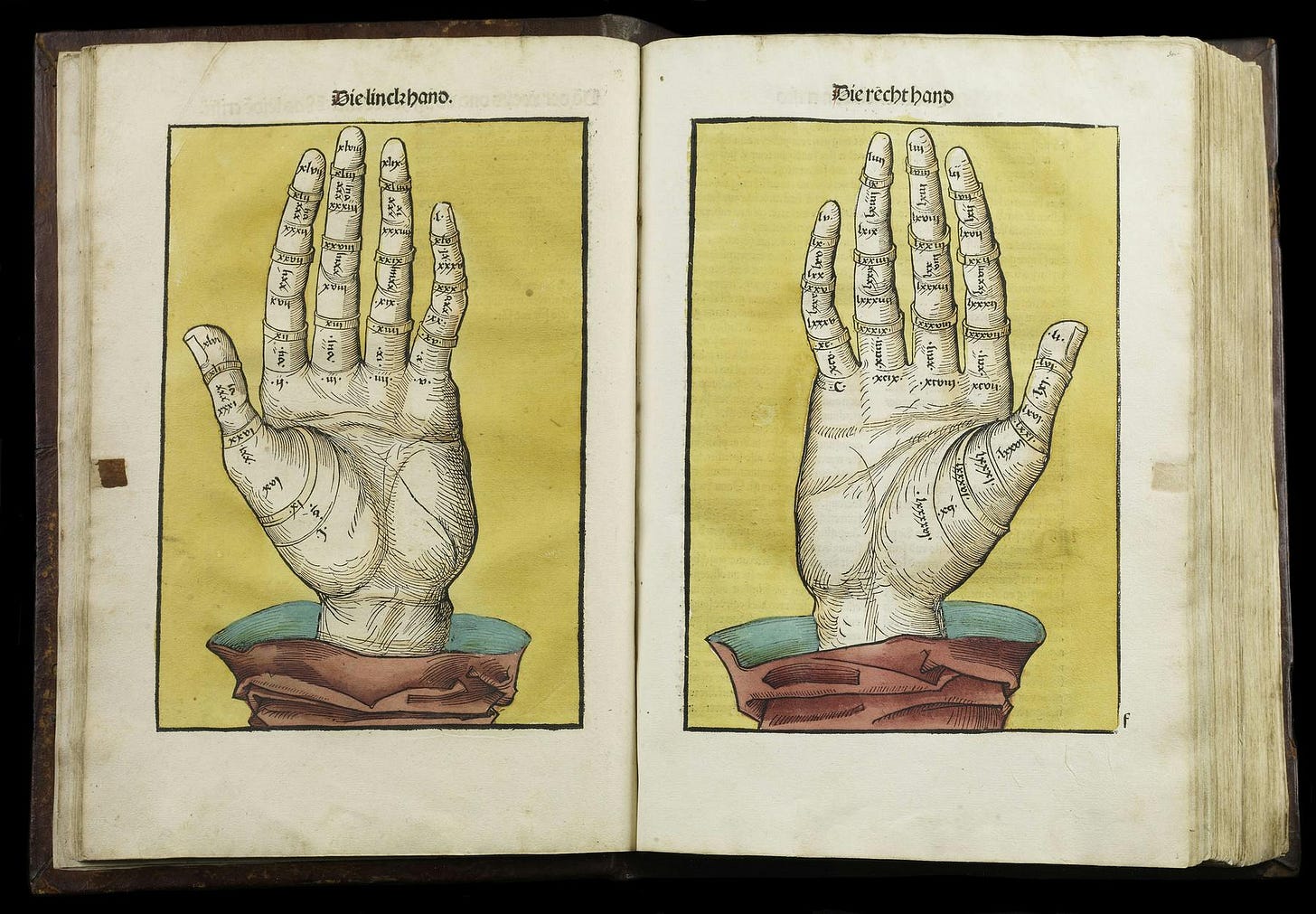The sound of three hands clapping
Further comments on why we need to rid ourselves of two-party politics
Many ingenious lovely things are gone,
That seemed sheer miracle to the multitude,
protected from the circle of the moon
That pitches common things about.
—WB Yeats
In my book Voices of Us, I made the first serious attempt to explain how the community independents’ movement had accelerated the dissolution of the two-party glue that has traditionally held our politics together. Over the last three years, I have been refining that analysis and adjusting it in light of the massive upheavals in world politics, particularly in the United States.
Since 2022, my argument has been that there is a floating third of Australia voters who are no longer strongly tied to any particular major party and that this floating third will land differently and unpredictably from election to election. In 2022, they ripped the heart out of the Liberal Party and voted independent in record numbers, allowing Labor to crawl into majority on a tiny primary vote. A continuation of that trend at the upcoming election wou…
Keep reading with a 7-day free trial
Subscribe to The Future of Everything to keep reading this post and get 7 days of free access to the full post archives.




